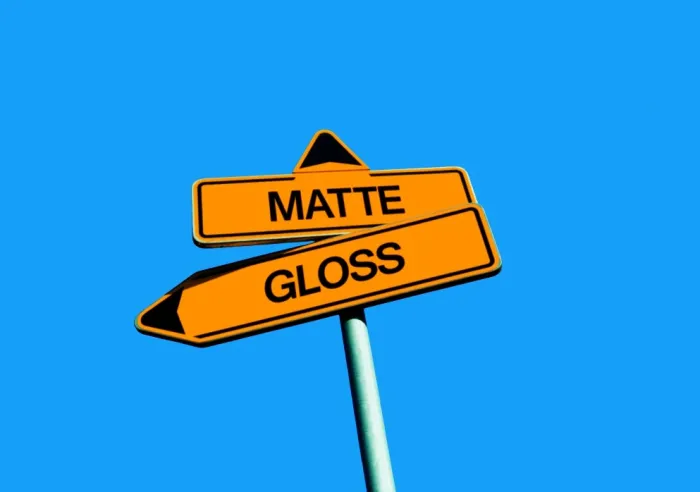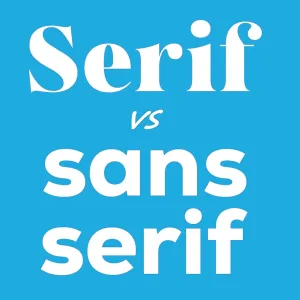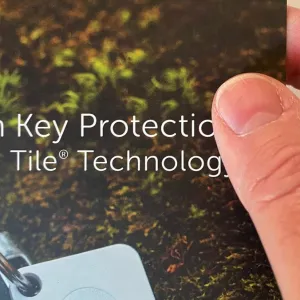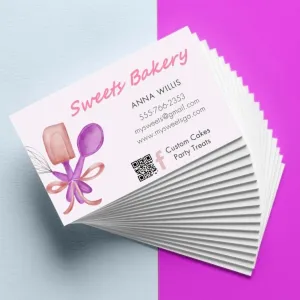Picking the Right Paper Stock: Matte Finish vs Gloss Finish

estimated reading time: 5 minutes
Our narrative begins at the Paper Mill
Paper mills manufacture a wide
assortment of paper stocks. Some varieties of paper produced at the mill are
left uncoated. This allows the paper to retain its natural rough texture. The
texture is naturally rough because paper is made of cellulose fibers derived
from the wood of trees.
Though some papers are left rough
and uncoated, other varieties of paper receive a coating at the mill. The coating
fills in some of the paper's natural rough texture. The more coating applied to
the paper, the smoother and more reflective the paper becomes.
Paper coatings are made from a variety
of substances, including polymers, pigments, and clay. Also, the coatings can
be applied to just one side of a sheet or to both sides.

Matte paper and Gloss paper are Coated Stocks
Matte paper and Gloss paper are
both coated stocks. The difference between the two lies in the amount of
coating the paper has received at the mill. Paper that exhibits a Matte finish
has received considerably less coating than paper that has a Gloss finish.
Because Matte paper receives less
coating, it retains some of its natural rough texture. As a result, the surface
of Matte paper does not reflect much light. This is because the rougher texture
diffuses light, thereby rendering the paper less reflective. Hence, paper with
a Matte finish has minimal shine.
Conversely, Gloss paper receives
more coating than Matte paper. As such, the coating fills in most of the paper's
natural rough texture. This creates a very smooth surface that reflects light. Thus,
paper with a Gloss finish is slicker and shinier than paper with a Matte finish.
Which Finish is right for your Project?
Matte and Gloss finishes are both very
popular and each offers unique advantages. Which one to choose for your
particular print project will largely depend on the look and feel you are
after, as well as the intended usage of the printing.
To help you decide, below is a comparison
of the features and benefits provided by these two finish choices…

Features and Benefits of Paper with a Matte Coating
Colors appear more subtle and details are softened
Even though many printed pieces are created to be
vibrant and shiny, not all print projects need to share those traits. Some
printed pieces need to exhibit a softer and more elegant look. Matte paper
gives projects, such as books or brochures, an air of professionalism and
sophistication.
Non-reflective surface minimizes glare
Certain print materials are used in bright environments, such as field
guides on a sunny day or workbooks in a well-lit classroom. Needless to say,
glare from strong light sources can make text difficult to read. Fortunately, a
matte coating reduces distracting glare and allows printed content to be read
easily from all angles.
Textured surface improves handing and resists fingerprints
Paper treated with a matte coating maintains a
slight texture that adds a softer, premium feel to printed pieces. The texture of
Matte coated paper also adds a slight grip to printed pieces and helps to
minimize visible fingerprints. These traits are particularly beneficial for
printed pieces that will be subject to frequent handling.
Can be written upon with pen or pencil
Another nice feature of matte paper is that it can accept handwriting
in pen or pencil without smudging. This feature is especially useful for
documents that need to allow for handwritten notes or annotations, such as
calendars or study guides. Being writable is a clear advantage over gloss paper
as attempts to write on a gloss-coated stock will usually result in an
incomplete transfer of the writing medium or an unsightly smear.

Features and Benefits of Paper with a Gloss Coating
Colors appear more vibrant and details stay sharp
Because a Gloss paper stock receives a heavier coating application
than a Matte stock, less ink is able to seep into the paper fibers during the
printing process. Since the ink spreads less, the colors remain more saturated.
As a result, the colors exhibit more vibrancy. Also, text and other fine details appear sharp and clear.
Smooth and reflective surface adds a nice sheen
The reflective quality of gloss paper adds a sense of depth to printed
images, helping them stand out and grab the viewer's attention. The smooth
surface of gloss paper also helps enhance image sharpness and adds to the
overall clarity of a printed piece. In addition, many people view the slick finish
of gloss paper in a positive light, interpreting it as polished and sleek.
Enhanced durability and dirt resistance
Even though a Matte coating adds some protection to the underlying
substrate, the slicker surface of a gloss coating offers more resistance to dirt
and moisture. It is by no means completely dirt proof or waterproof, but it
resists stains and moisture better than a matte coating. The increased durability
offered by gloss paper helps improve the longevity of printed pieces.
Greater Visual Impact
Because gloss-coated
paper increases the intensity of ink colors and provides an attention-getting sheen,
it is ideal for printed pieces that are image heavy. This is why gloss coated
stock is so often used for catalogs, brochures, flyers, postcards, book covers,
magazines, and other printed pieces that use appealing visuals to attract and
maintain attention. Gloss-coated paper has long been the go-to choice for printing
used for marketing and promotional purposes.

Color Vision is ready to assist with your Print Project!
When preparing to have a project
professionally printed, one of the first decisions to be made is which type of
paper has the properties necessary to achieve your desired outcome.
Fortunately, Gloss and Matte paper
stocks come in a variety of thicknesses; including text weights, cover weights,
and cardstock. As such, both options are readily available for virtually any
printing project.
If you have any questions about
which paper type is the best fit for your particular project, Color Vision will
be happy to help you select the right paper. Just give us a call
at 800-543-6299 to discuss paper options.
If you are looking for a price
quote, use our simple Quote Request form to send us your project's
specifications and we will email a custom quote to you.
Here's a final thought about Matte and Gloss coatings…
In addition to the Matte and Gloss
coatings that are added during the paper manufacturing process, there are also
Matte and Gloss coatings that can be applied after the printing press has laid
the ink down. These coatings provide an additional layer to amplify the Matte or Gloss
effect.
Applied as a top coat, these
coatings include varnishes, aqueous coatings, UV coatings, and laminates. Get
in touch with Color Vision to learn more about these optional coatings and how
they can further enhance the appearance, feel, and durability of your printed
pieces.
As always, we look forward to assisting with your
next print project!
Related Articles

Serif vs Sans Serif Fonts: Which to use for a Print Project?
Read This Article

7 Interesting Facts you might not know about Offset Printing
Read This Article

Print Marketing: Exploring the Allure of a Soft Touch Finish
Read This Article

Business Card Printing: 5 Common Mistakes to Avoid
Read This Article